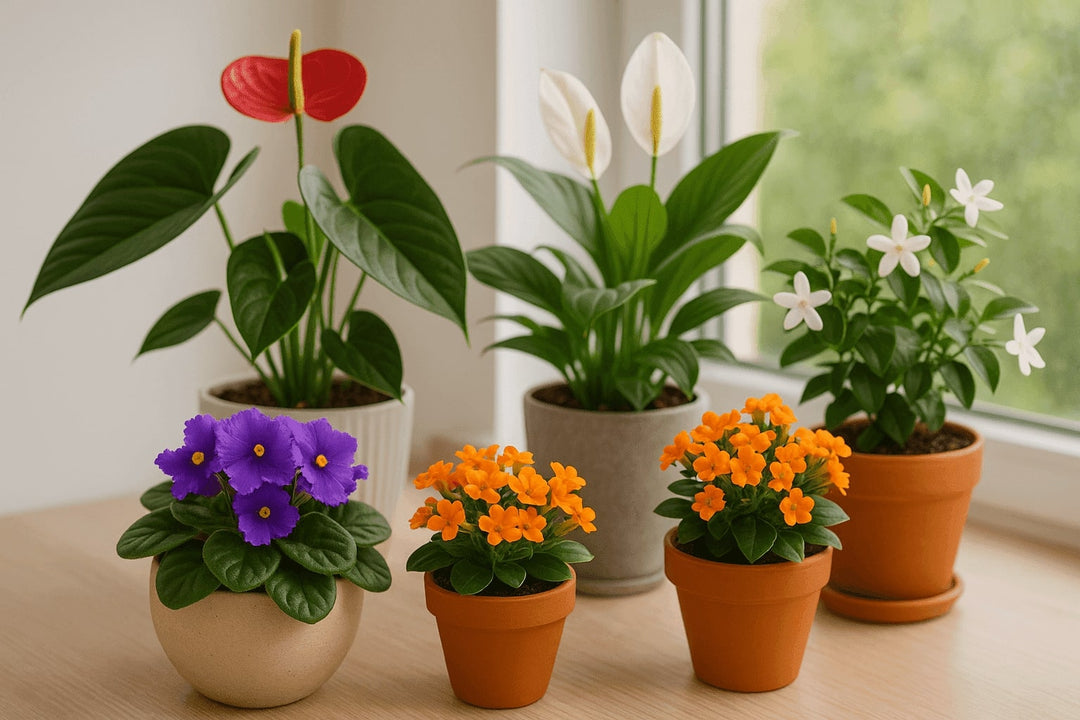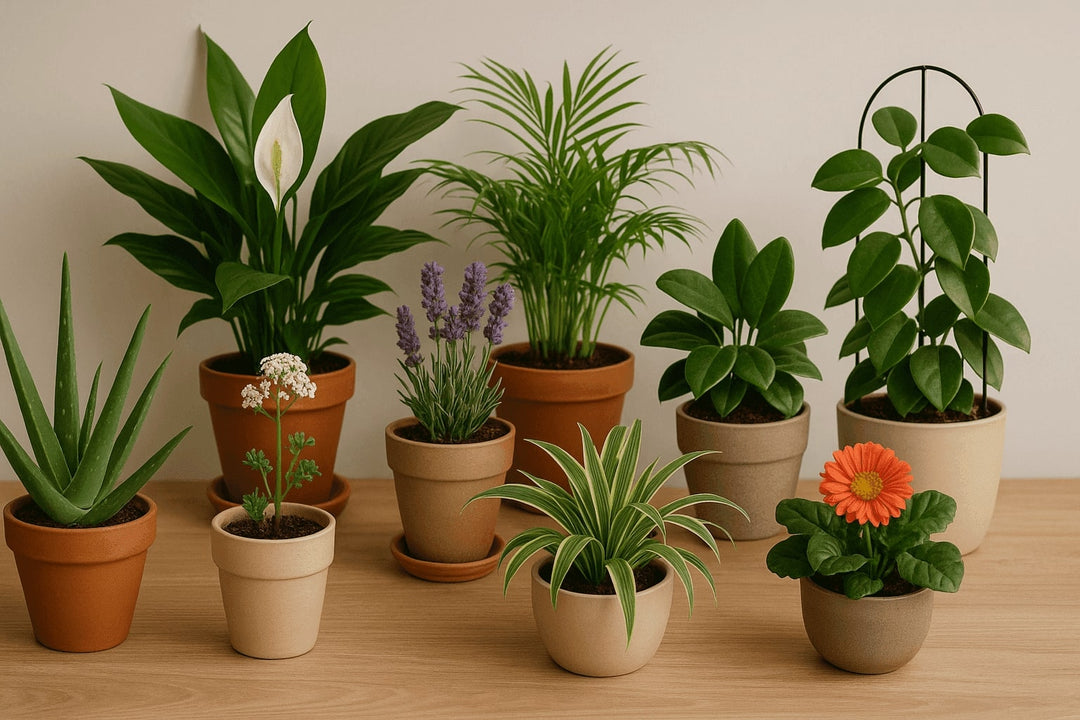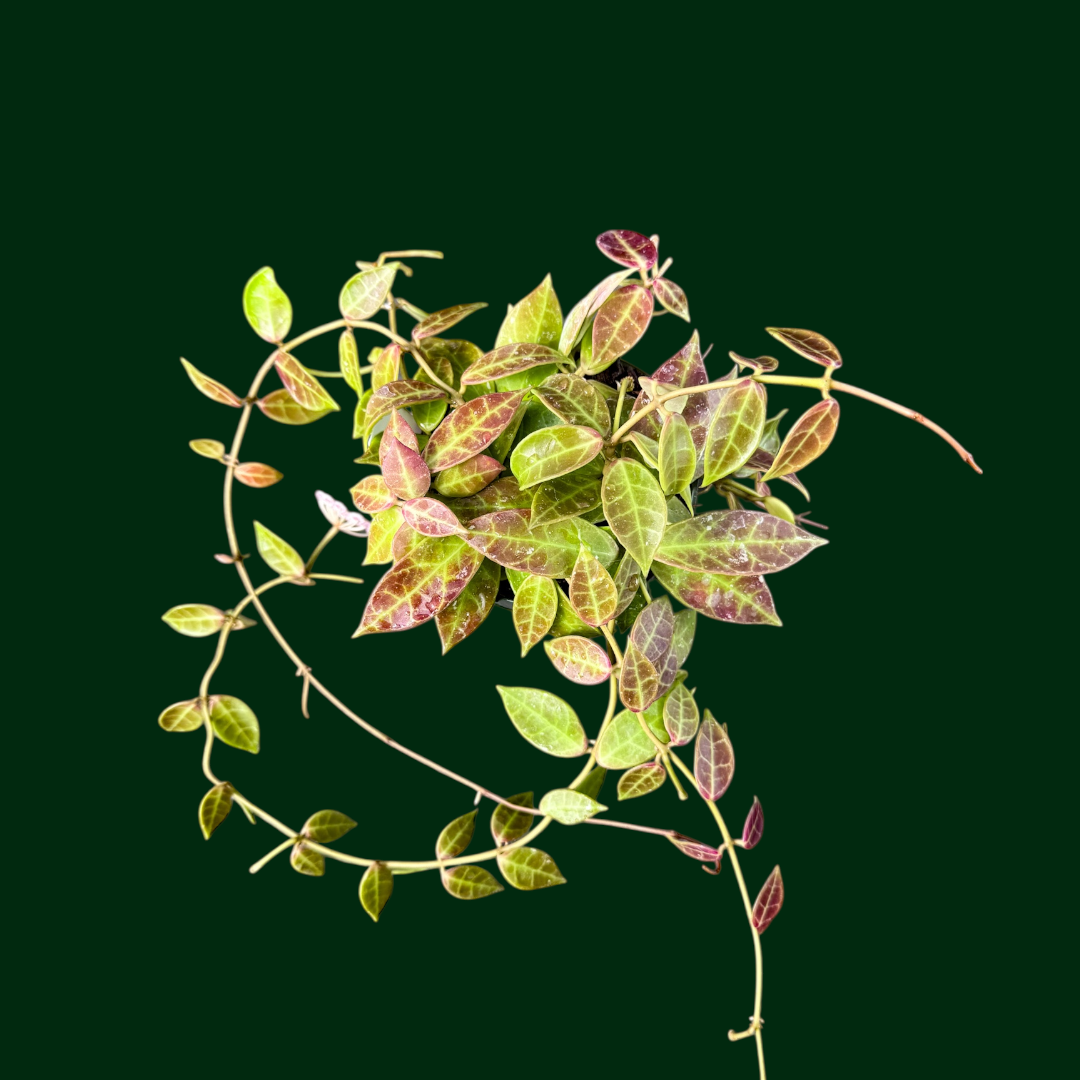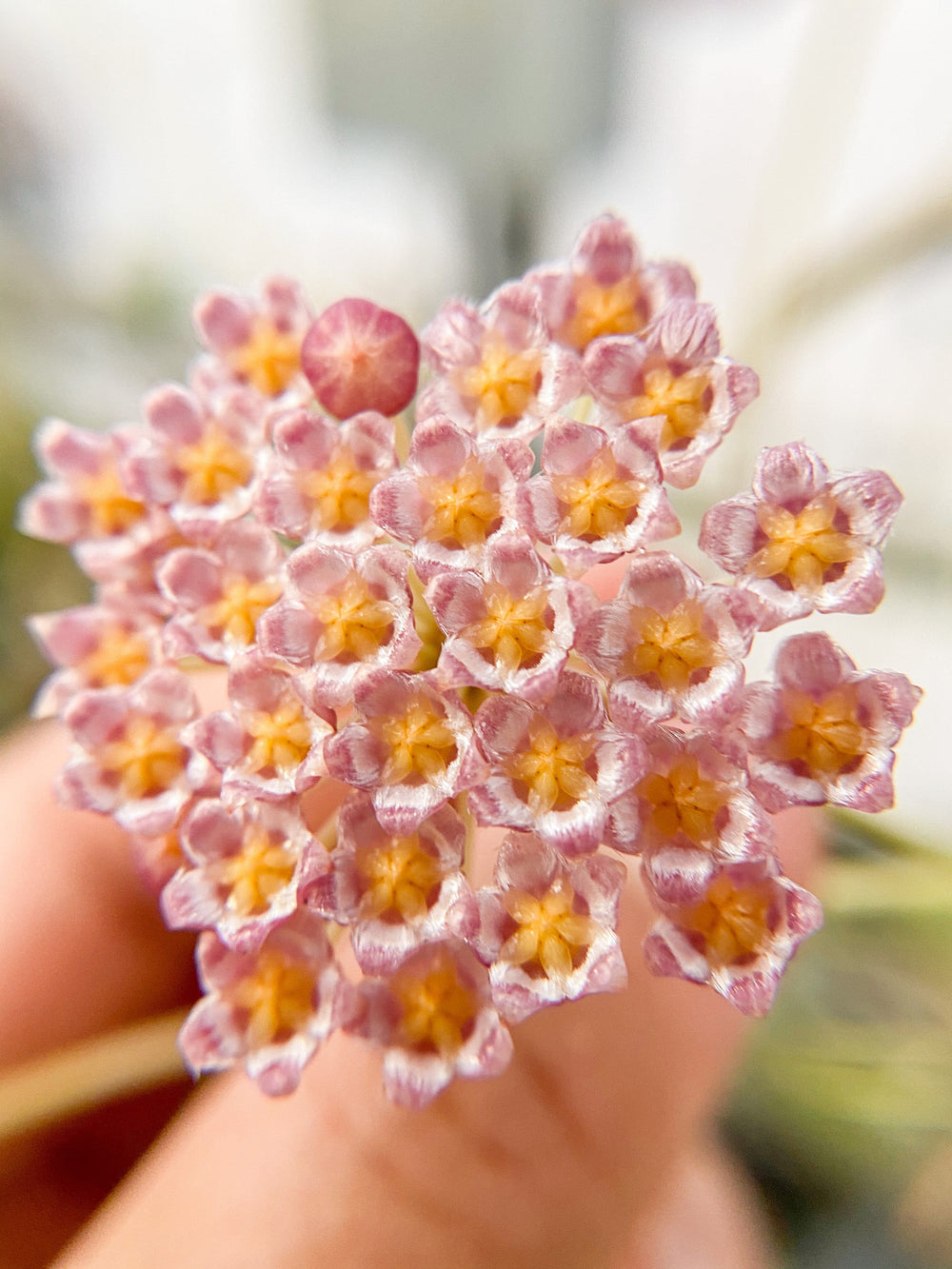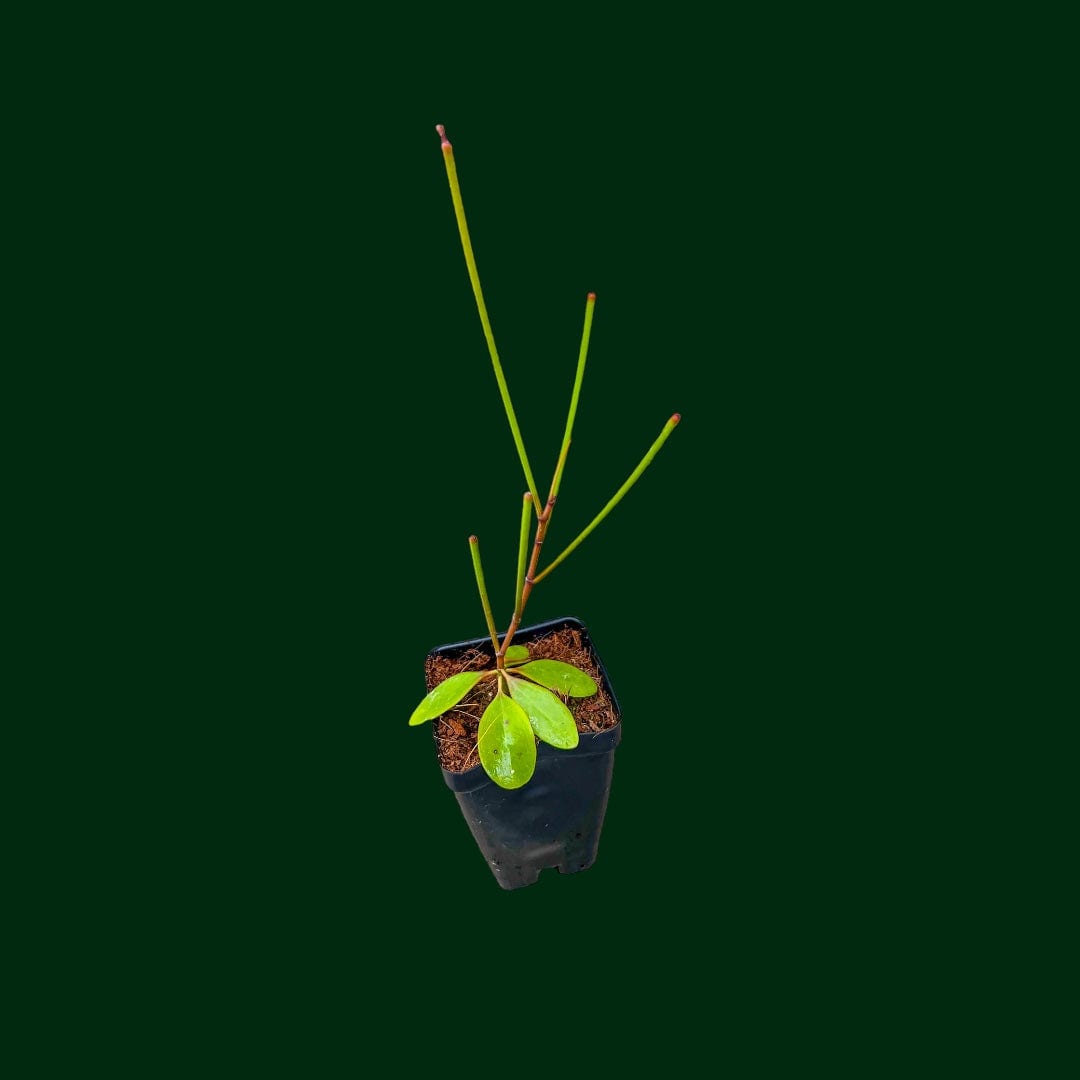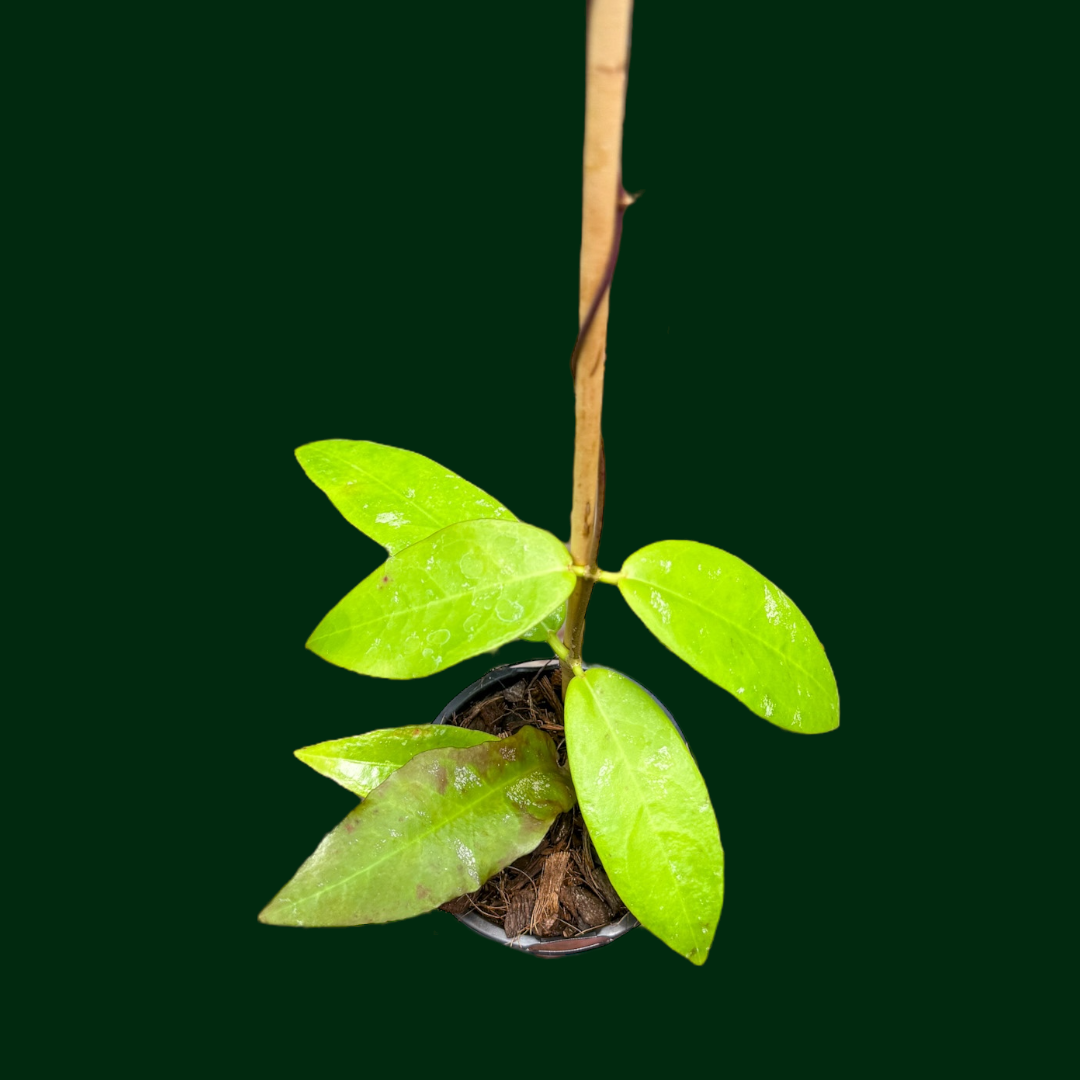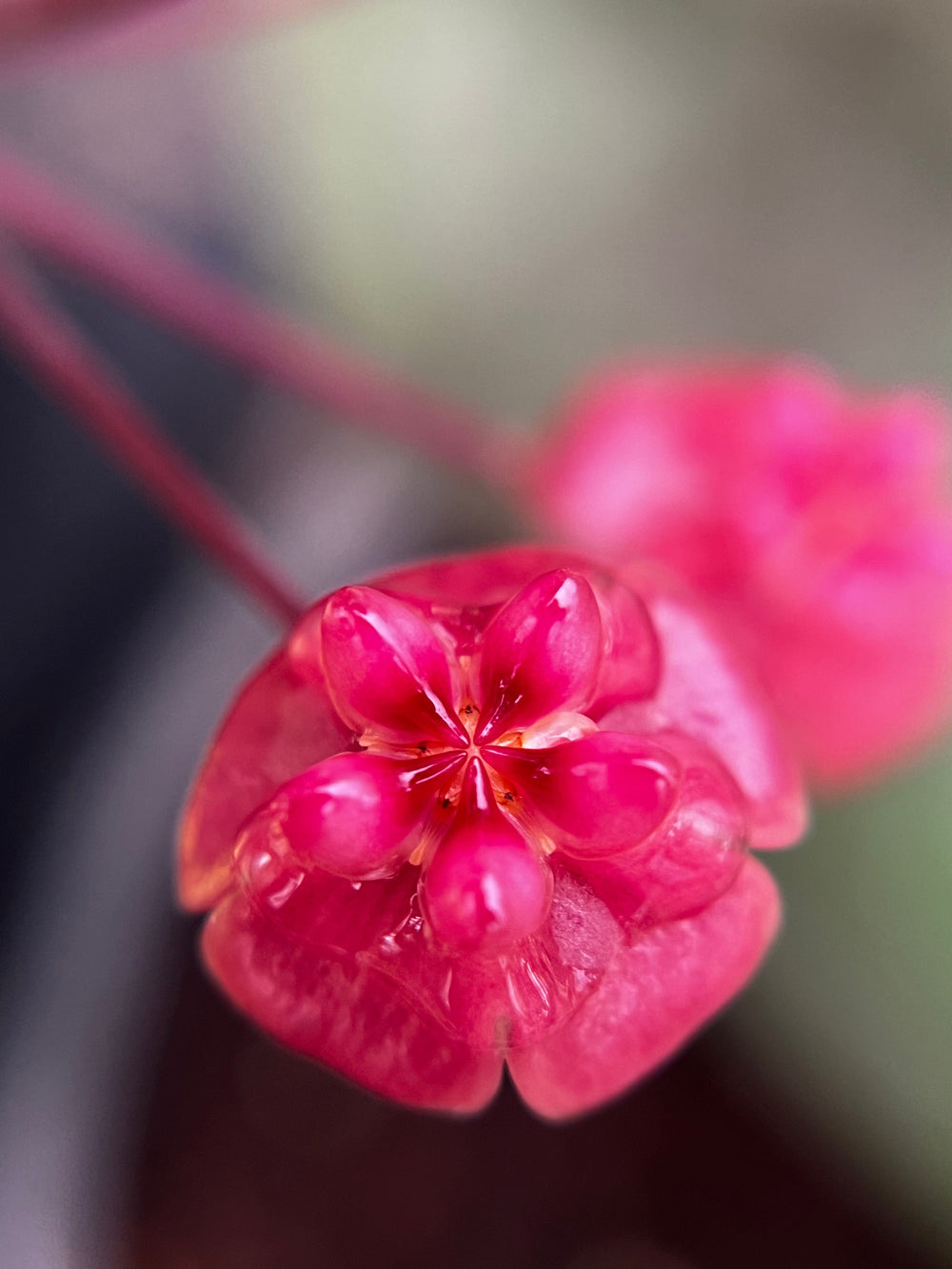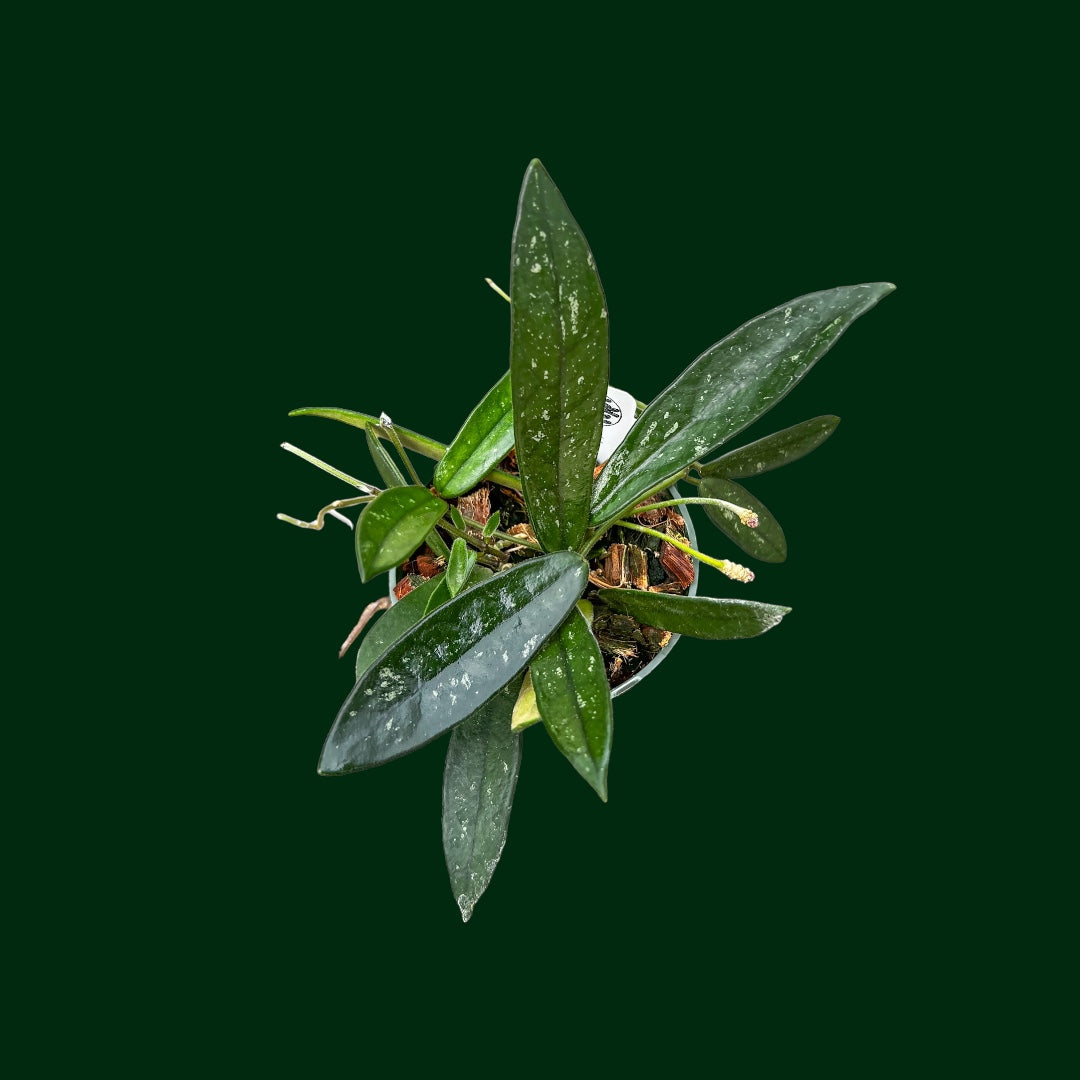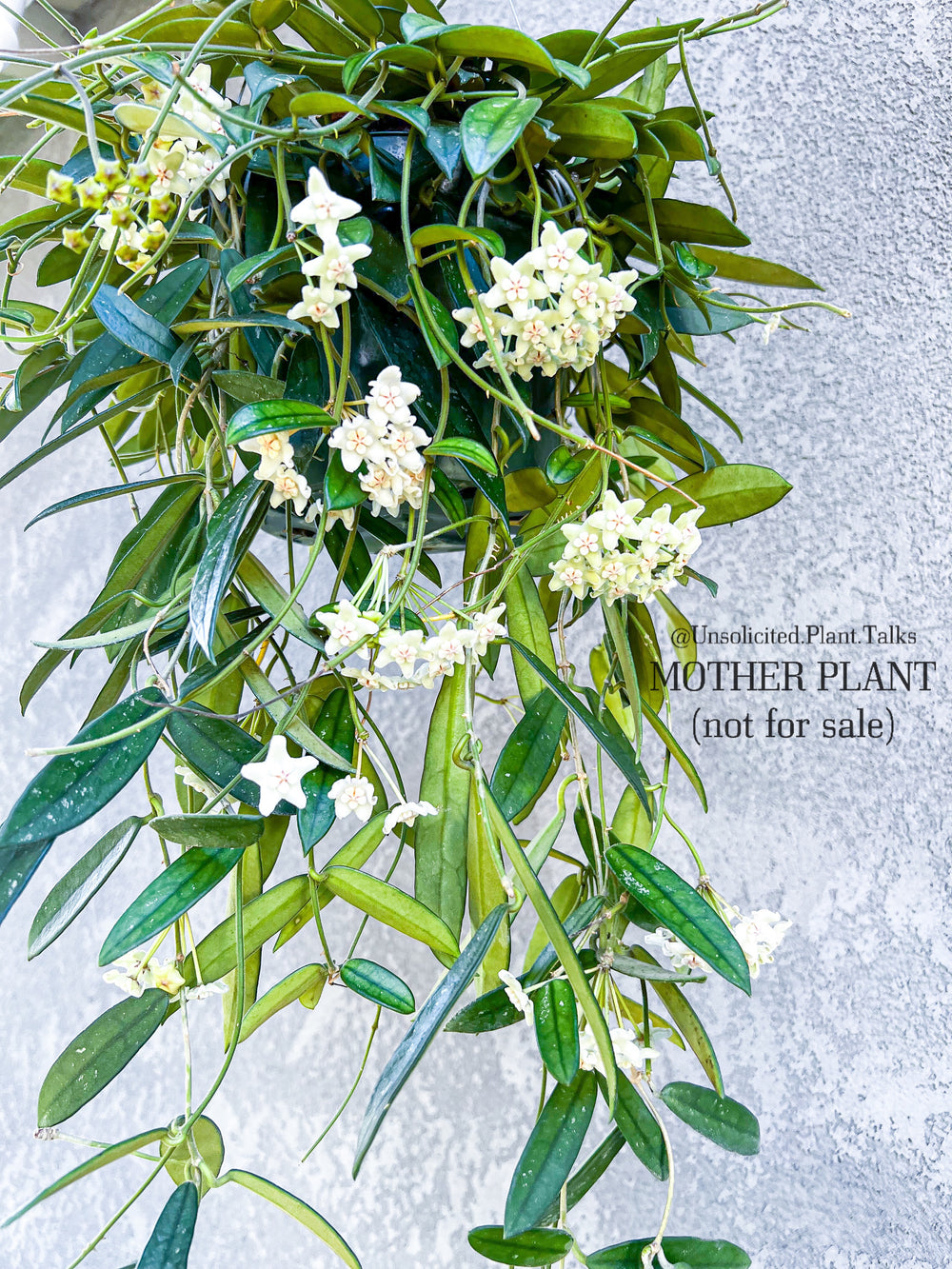A Deep Dive into Hoya polyneura: From Common to Rare Varieties
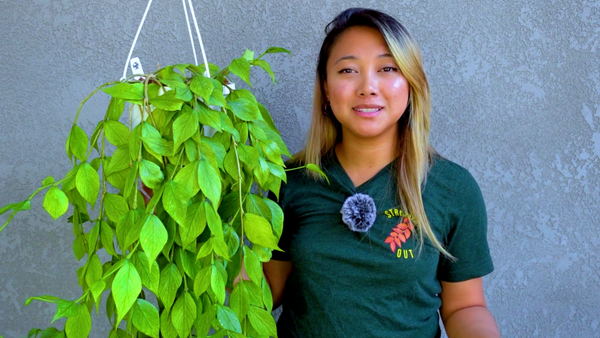
Table of Contents
- Common Issues with Hoya polyneura and Their Solutions
- Fertilizing Hoya polyneura
- The Different Varieties of Hoya polyneura
- General Care Tips for All Varieties
- Conclusion
Want my full tour of this amazing Hoya? Watch my Show and Tell video on YouTube!
Common Issues with Hoya polyneura and Their Solutions

Leaf Yellowing
Many people have noted that their Hoya polyneura leaves are turning yellow. If you're one of them, don't panic! Yellow leaves can happen for a multitude of reasons:
-
Age: It could simply be an aging leaf, which is a natural process.
-
High Humidity: Another reason for yellowing could be high humidity levels. If the leaves are retaining water at their tips, this could lead to rotting.
-
Temperature: Lastly, the leaves could be turning yellow if the temperature is too hot. This can act as a cue for you to gauge whether the temperature is conducive for the plant.
Leaf Rot
Leaf rot is generally a result of overwatering or poor drainage. If this happens, consider the following:
-
Watering Schedule: Try watering your plant less frequently.
-
Drainage: Ensure your pot has good drainage to prevent water from sitting at the bottom.
Fertilizing Hoya polyneura

When it comes to fertilizing, my experience has been relatively straightforward. I use slow-release fertilizer in the medium and also apply a foliar fertilizer once a week. So far, the plant hasn't thrown any tantrums and seems to be quite content.
The Different Varieties of Hoya polyneura
Hoya polyneura

The most common type is the regular green leaf variety. Sometimes, this variety may develop 'splashes' on the leaves, adding a unique pattern to its appearance.
Hoya polyneura (splash)

Leaves in this variety have splashes that start from the outer edges and move inward. The splash pattern is relatively stable but may vary from leaf to leaf.
Hoya polyneura silver (broget)

Hoya polyneura (silver) is referred to as 'Broget' in Danish, but this variety should be called 'Silver' for clarity. This variety has silver speckling evenly distributed across the leaves and is quite stable.
Hoya polyneura (outer variegated)

Newer on the market, this variety has variegation on the outer edges of the leaves. It’s still a bit pricey but highly sought-after by collectors.
Hoya polyneura (inner variegated)

Another jaw-dropping addition, the Inner Variegated variety is the epitome of beauty in the polyneura family. It's new, it's rare, and it's pricey, but its stunning appearance makes it worth the investment.
General Care Tips for All Varieties

-
Light: I personally find that this plant thrives best in a shaded environment. Direct light can lighten the leaves, which I don’t prefer.
-
Watering: Water when the top inch of soil is dry.
-
Fertilizing: I use a slow-release fertilizer in the potting mix and a foliar feed once a week.
-
Temperature and Humidity: A moderate climate without extreme heat or humidity is ideal for this plant.
Conclusion

Whether you’re a seasoned Hoya collector or a beginner, the Hoya polyneura offers something for everyone. Its relatively easy care requirements coupled with its aesthetic appeal make it a worthy addition to any plant collection. No matter which variety you choose, you're sure to be captivated by its unique charm.
Remember, the key to a thriving plant collection is education. Knowing the nuances of each variety and providing the right care can make all the difference in your plant-parenting journey. Happy growing!



